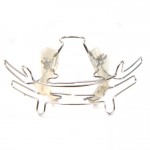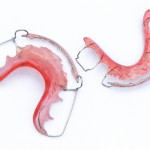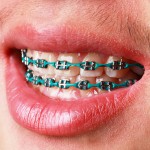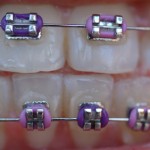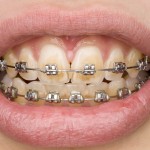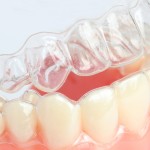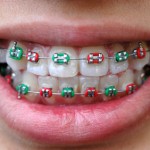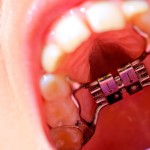
Treatment of posterior crossbite was rated in the top 10 most important orthodontic reviews by an international panel of oral health professionals as part of a Cochrane Oral Health Group prioritisation exercise. This new update to this Cochrane review found some evidence to suggest that the quad-helix (fixed) appliance may be more successful than removable expansion plates at correcting posterior crossbites. However, it is mainly low to very low quality.
[read the full story...]